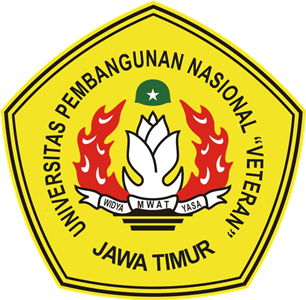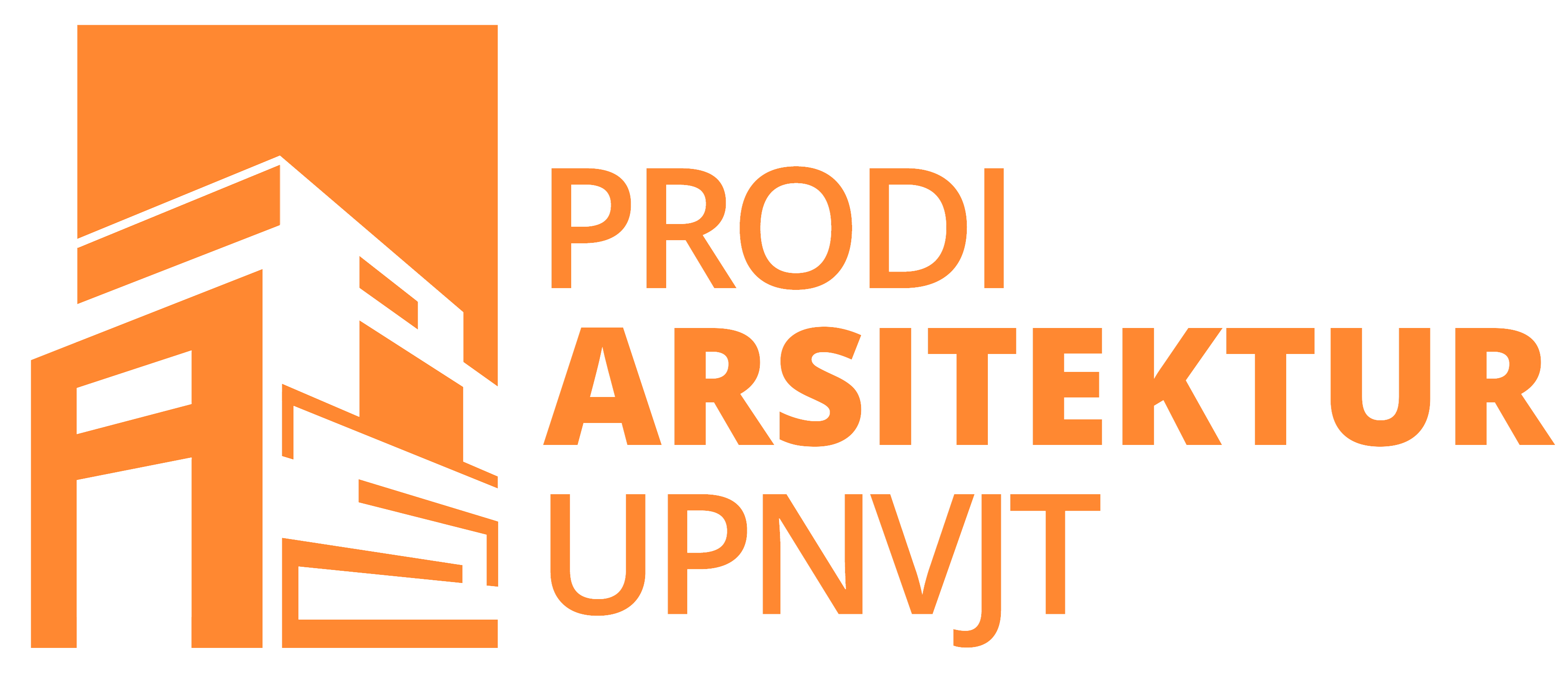ANALYSIS OF SHARED SPACES AND CORRIDOR SPACES EFFECTIVENESS RUSUNAWA GANDA MAGHFIRAH BANJARMASIN CITY
DOI:
https://doi.org/10.33005/border.v5i2.754Keywords:
efectivity; housing; interaction; corridor; rusunawaAbstract
Rusunawa or rental flats have become a solution to the problem of increasing housing needs each year accompanied by land prices that continue to soar. As time goes by, the solution is not meant to be always successful. Social problems arise when residents need help interacting in the yard, street or small alley like they used to live in horizontal housing. Residents of flats lose their interaction spaces because the communal spaces that have been planned haven’t yet functioned optimally. This research uses a qualitative descriptive analysis method, namely translating observational data and interview data into a description that can be better understood. The condition found was that residents used the corridor for access to each unit as a shared space, causing a narrowing of access to the corridor. Residents utilize planned and unplanned shared spaces for social interaction between residents. The use of space has produced shared spatial patterns, namely patterns with high intensity and patterns with low intensity.

















